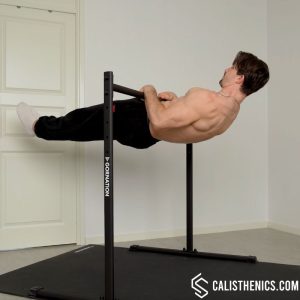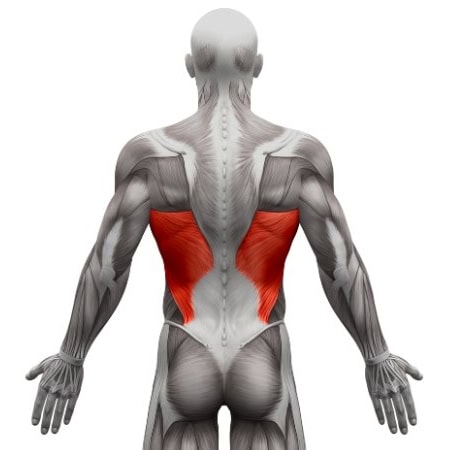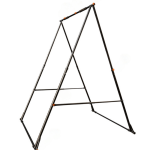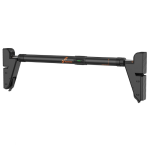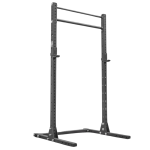Front Lever Top Hold
How to do Front Lever Top Hold?
The front lever top hold is an advanced isometric exercise that requires immense core, back, and shoulder strength. Unlike the traditional front lever, which is held in a horizontal position, the front lever top hold is performed at the top of the front lever pull-up, where the body remains parallel to the ground with the bar at the lower chest or upper abdomen level. This variation significantly increases difficulty by requiring extra pulling strength and control in addition to isometric core and lat engagement.
Check out our ▶️ front lever training routine to unlock the full front lever!
The equipment used is the ▶️ Static Bar from GORNATION --> For 10% off use code CS10.
CREDIT: This video was prepared in collaboration with calisthenics athlete Simon Imhäuser who was performing the exercise in the video and calisthenics coach Daniel Flefil who shot and edited the video.
Steps to Perform a Proper Front Lever Top Hold:
1. Grip the Bar Firmly:
• Use a shoulder-width overhand (pronated) grip on the pull-up bar.
• Ensure your wrists are in a strong position, not excessively bent.
2. Pull Your Body Into Position:
• Engage your lats and pull yourself up into the top phase of a front lever pull-up.
• Your lower chest or upper abdomen should be at bar level.
3. Engage Core and Full-Body Tension:
• Maintain a straight, rigid body with your legs together and toes pointed.
• Keep your core, lats, glutes, and lower back tight to hold the position.
4. Hold the Position:
• Keep your body parallel to the ground, maintaining balance and control.
• Focus on scapular depression (pulling your shoulders down and away from your ears).
5. Lower Back to the Starting Position:
• Slowly return to a hanging position with control to maintain proper form and prevent swinging.
6. Repeat or Extend the Hold:
• Perform multiple holds or gradually increase the duration of each hold as your strength improves.
Benefits of the Front Lever Top Hold
• Builds Explosive Pulling Strength – Strengthens the lats and upper body for powerful pulling movements.
• Improves Core and Shoulder Stability – Enhances control and balance in advanced calisthenics movements.
• Progression Toward Full Front Lever Pull-Ups – Helps develop strength for complete front lever pull-ups.
• Enhances Body Control – Reinforces full-body coordination and awareness.
• Minimal Equipment Required – Only requires a pull-up bar or gymnastics rings.
Common Mistakes to Avoid
• Shrugging the Shoulders: Maintain scapular depression to avoid unnecessary strain.
• Bending the Arms: Keep your elbows locked to maximize lat activation.
• Arching the Back: Engage your core to keep your body in a straight, rigid position.
• Using Momentum: Avoid swinging or kipping into the position; focus on slow and controlled movements.
• Holding Your Breath: Breathe steadily to sustain the hold and maintain tension.
Tips for the proper execution of Front Lever Top Hold
Full-Body Engagement: Keep your entire body tight, from your shoulders to your toes, to prevent sagging.
Maintain Scapular Depression: Avoid shrugging your shoulders; keep them engaged downward for better control.
Point Your Toes: Aesthetic form matters, and pointing your toes helps maintain full-body tension.
Breathe Steadily: Don’t hold your breath—inhale and exhale smoothly to sustain the hold longer.
Muscles worked when doing Front Lever Top Hold
Primary Muscles:
•Latissimus Dorsi (Lats) – The primary muscle holding the position, providing pulling strength.
•Core (Rectus Abdominis, Transverse Abdominis) – Keeps the body rigid and prevents sagging.
Secondary Muscles:
•Rhomboids and Trapezius – Stabilize the upper back and shoulders.
•Biceps – Work isometrically to maintain arm stability.
•Erector Spinae – Engages to support spinal alignment.
•Glutes and Hip Flexors – Help maintain a straight, strong body position.
Primary Muscle(s):
Secondary Muscle(s):
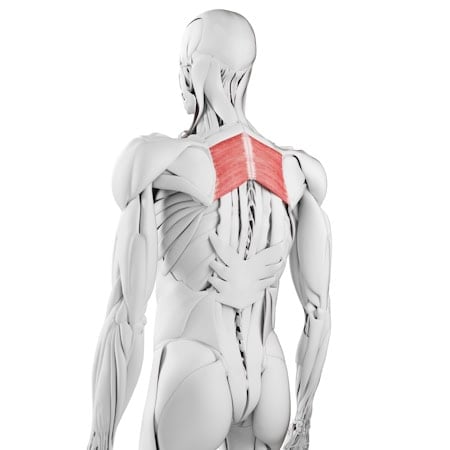
Rhomboid
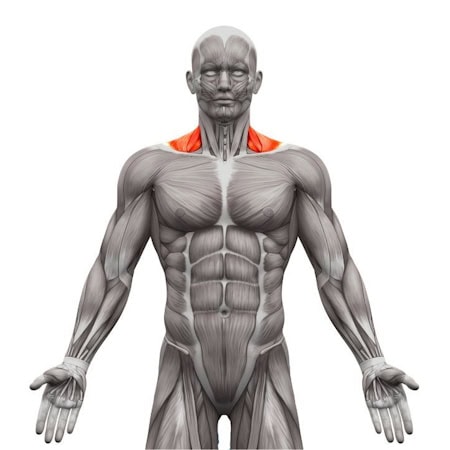
Trapezius
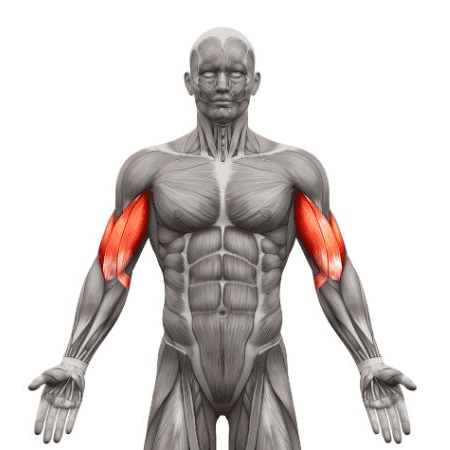
Biceps
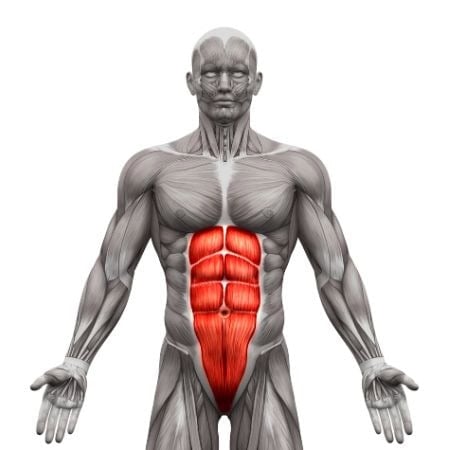
Abdominal
Adjust the difficulty of Front Lever Top Hold
How to make Front Lever Top Hold harder?
How to make Front Lever Top Hold easier?
How to make Front Lever Top Hold harder?
To make Front Lever Top Hold harder:
-
Increase Hold Duration: Extend the duration of your hold to 10-15 seconds or longer.
-
Perform Front Lever Pull-Ups: Instead of just holding the position, perform full-range front lever pull-ups for added strength.
-
Use a Wider Grip: Placing your hands wider than shoulder width increases the difficulty by reducing leverage.
-
Add Weight: Wear a weighted vest or ankle weights to increase resistance.
-
Transition to a One-Arm Front Lever Top Hold: Reduce assistance from one arm to progress toward an advanced one-arm front lever hold.
How to make Front Lever Top Hold easier?
To make Front Lever Top Hold easier:
-
Use a Resistance Band: Loop a resistance band around the pull-up bar and place it under your hips for extra support.
-
Start with a Tucked or Advanced Tuck Position: Tuck your knees toward your chest to reduce leverage and make the hold more manageable.
-
Perform Negatives: Lower from the top hold slowly to build strength while controlling the descent.
-
Practice with a Spotter: Have a training partner assist by holding your legs lightly to reduce load.
-
Train Partial Holds: Instead of holding at the very top, practice holding at slightly lower angles before progressing to the full position.

